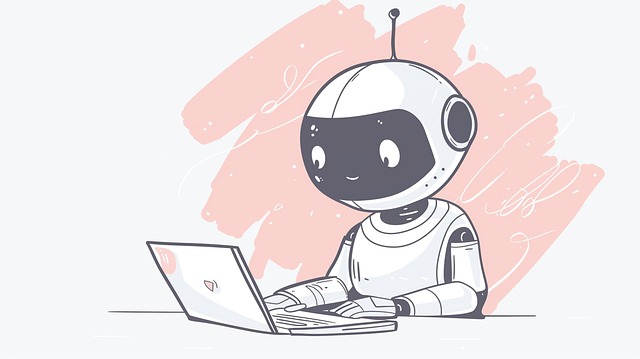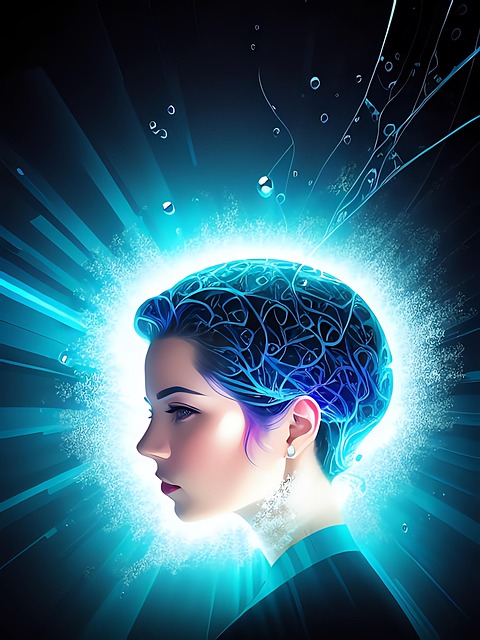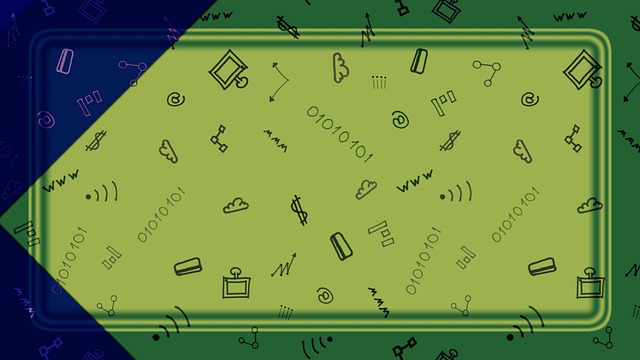Generative AI, powered by transformer models like GPT, enables chatbots to create human-like text and music. Defining scope and objectives is crucial for chatbot projects, guiding architecture and capabilities. Choosing right tools (TensorFlow, PyTorch, Keras) and cloud platforms (AWS, Google Cloud, Azure) ensures peak performance. Strategic data collection and preprocessing are key to training effective machine learning models. Chatbot AI transforms digital landscape, revolutionizing customer service, data collection, and personalization while reducing costs.
Building a generative AI chatbot is an exciting journey into the future of human-machine interaction. This comprehensive guide explores the step-by-step process, from grasping the foundational concepts and technologies of generative AI to defining your project’s scope, choosing development tools, designing and training models with quality data, and successful deployment. Uncover the secrets behind creating advanced chatbot AI solutions that revolutionize customer engagement.
- Understanding Generative AI: The Core Concept and Technologies Involved
- Defining the Scope and Objectives of Your Chatbot AI Project
- Choosing the Right Tools and Frameworks for Development
- Designing and Training the Chatbot Model: Data Collection and Processing
- Integrating, Testing, and Deploying Your Generative AI Chatbot
Understanding Generative AI: The Core Concept and Technologies Involved

Generative AI refers to a groundbreaking technology that enables machines to create new and diverse content, such as text, images, or music, that is often indistinguishable from human-generated outputs. At its core, this technology involves training algorithms to learn patterns in vast datasets and then using those patterns to generate novel responses or creations. One of the key concepts behind generative AI chatbots is the use of deep learning models, particularly transformer architectures like GPT (Generative Pre-trained Transformer), which allow machines to understand and produce human-like language.
The process typically starts with training a model on an extensive corpus of text data, teaching it to predict the next word in a sequence based on preceding words. This pre-training phase equips the chatbot AI with a deep understanding of linguistic structures and context. Subsequently, fine-tuning refines its capabilities to generate more specific and relevant responses tailored to particular tasks or domains. The combination of these technologies empowers chatbots to engage in complex conversations, answer queries creatively, and even compose content that mirrors human writing styles.
Defining the Scope and Objectives of Your Chatbot AI Project

Defining the scope and objectives is a crucial step in building any successful chatbot AI project. It involves determining what specific tasks or problems your chatbot aims to solve, who your target audience is, and setting realistic goals. For instance, your focus could be on creating an engaging customer support chatbot for a retail business, or developing an educational assistant that aids students with their homework.
This initial phase helps in shaping the architecture and capabilities of your chatbot AI. By clearly outlining objectives, you can better choose the right technologies, data sources, and training methods to ensure your chatbot meets user needs effectively. It’s essential to consider factors like conversational flow, language understanding, context awareness, and personalisation to deliver an exceptional user experience.
Choosing the Right Tools and Frameworks for Development

When building a Generative AI chatbot, selecting the appropriate tools and frameworks is paramount for achieving optimal results. The right choice can significantly streamline development, enhance performance, and make integration smoother. Key considerations include the specific use case of your chatbot ai; natural language processing (NLP) capabilities required, such as text generation or sentiment analysis; and the scalability needs for handling varying user loads.
Popular frameworks like TensorFlow, PyTorch, and Keras offer robust functionalities for developing AI models, including those powering chatbots. These tools provide pre-trained models, extensive libraries of functions, and flexible architectures that cater to diverse chatbot ai needs. Additionally, cloud platforms like AWS, Google Cloud, or Azure supply managed services tailored for deploying and scaling AI applications, further simplifying the development process.
Designing and Training the Chatbot Model: Data Collection and Processing

Designing a chatbot AI begins with meticulous data collection and processing, which forms the foundation of its intelligence. The first step involves gathering diverse and high-quality datasets relevant to the chatbot’s intended purpose. This can include text corpora from various sources like books, articles, websites, or specific domain-related materials. The quality and variety of data are crucial; it must encompass a broad range of topics, writing styles, and user queries to ensure the chatbot can adapt to different conversations.
Once collected, the data undergoes preprocessing to clean and format it for training. This step includes tasks like text normalization, removing punctuation or special characters, handling stop words, and sometimes even translating or summarizing content to create a standardized dataset. The processed data is then used to train machine learning models, teaching them to understand patterns, context, and user intent, thereby enabling the chatbot AI to generate coherent and contextually appropriate responses.
Integrating, Testing, and Deploying Your Generative AI Chatbot

Building a Generative AI chatbot is an exciting journey that requires a deep understanding of cutting-edge technologies and a well-defined project scope. By mastering concepts like natural language processing and machine learning, you can create innovative solutions to enhance user interactions. Through strategic tool selection and meticulous model training with high-quality data, your chatbot ai will deliver accurate and engaging responses. Once deployed, continuous testing and integration ensure a seamless user experience, positioning your chatbot as a valuable asset in today’s digital landscape.
